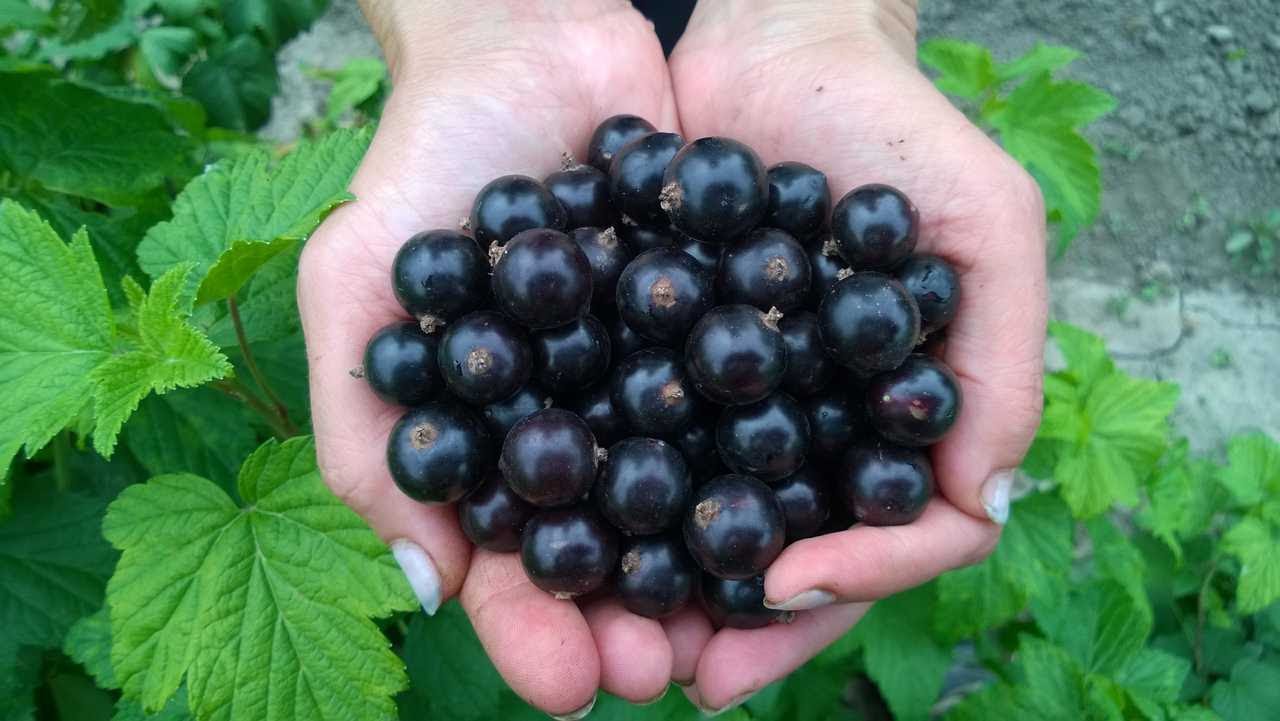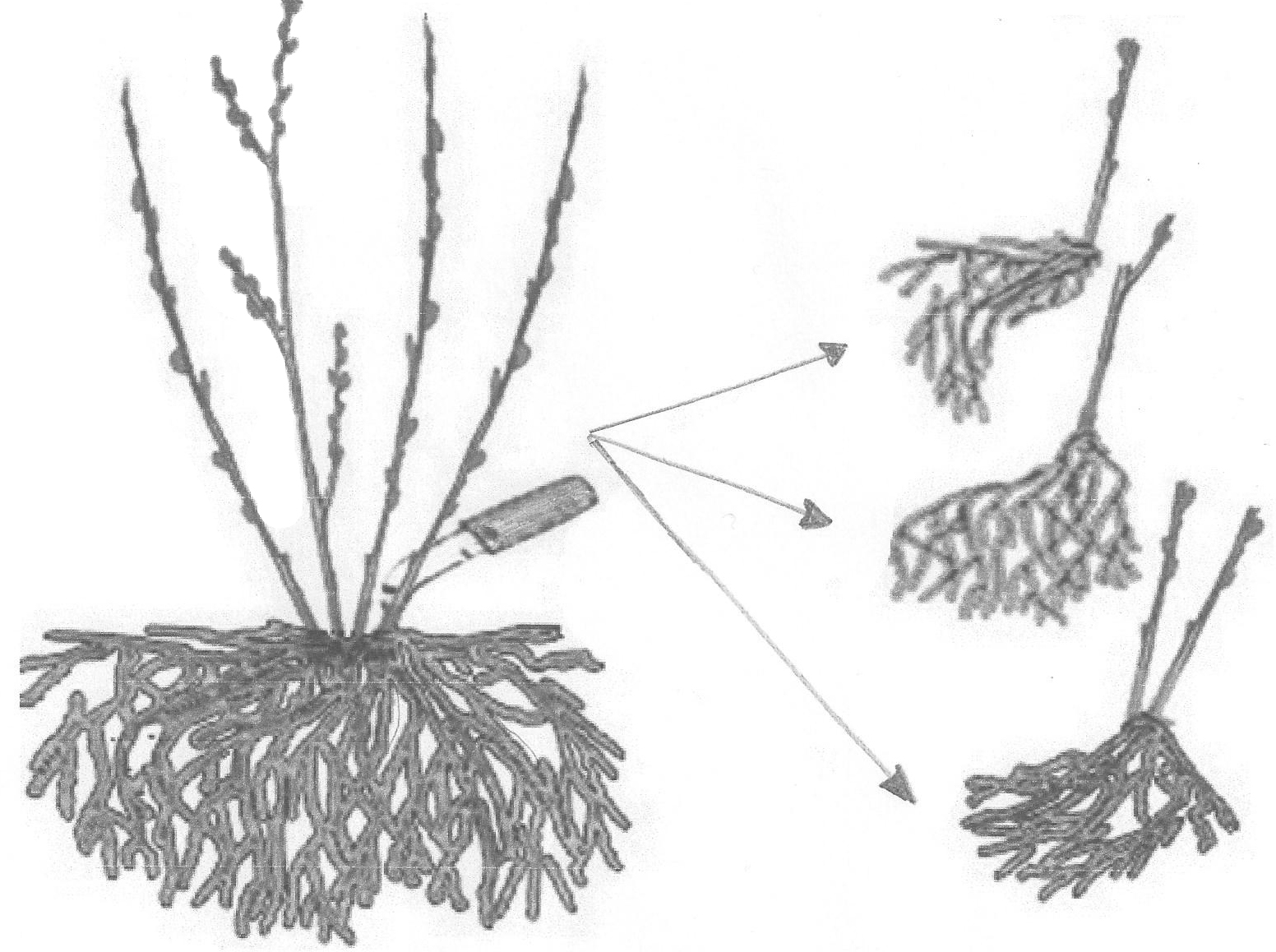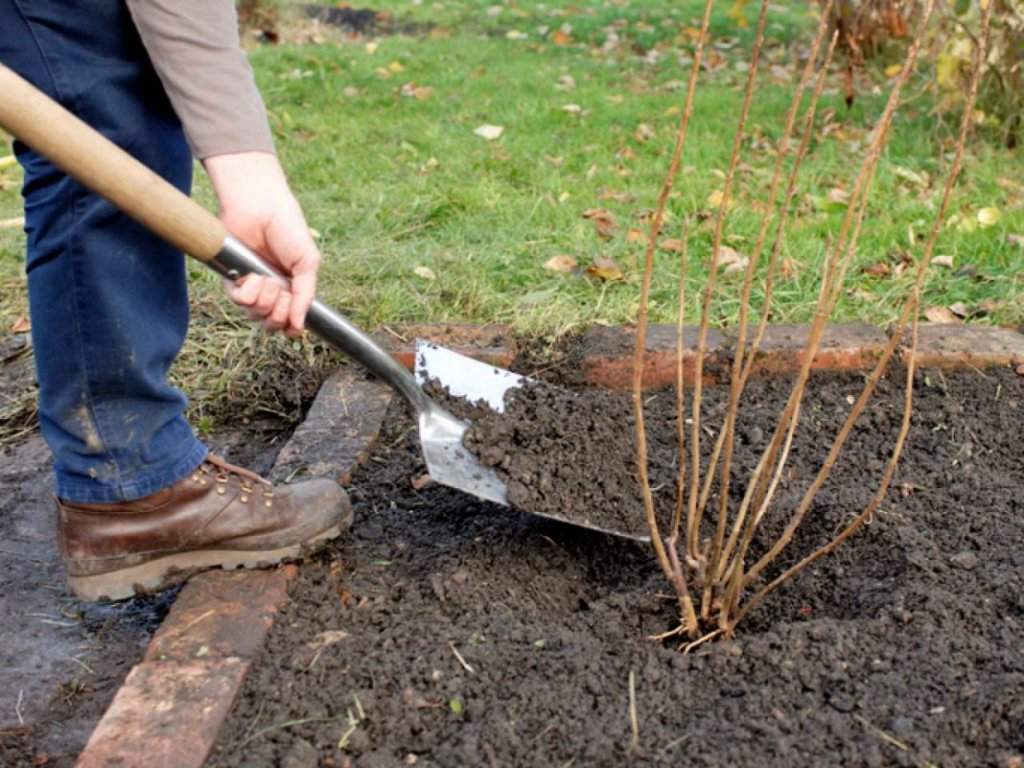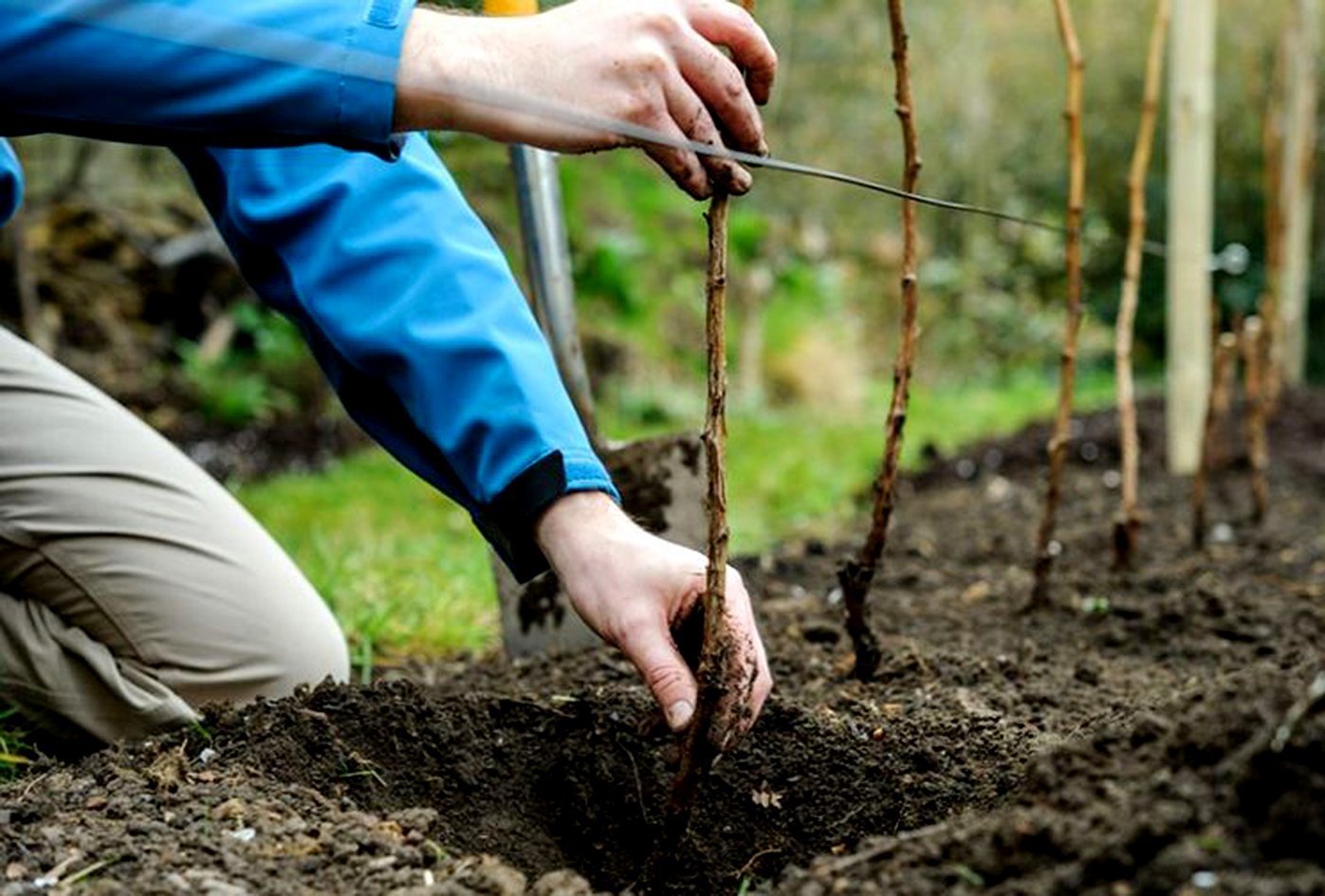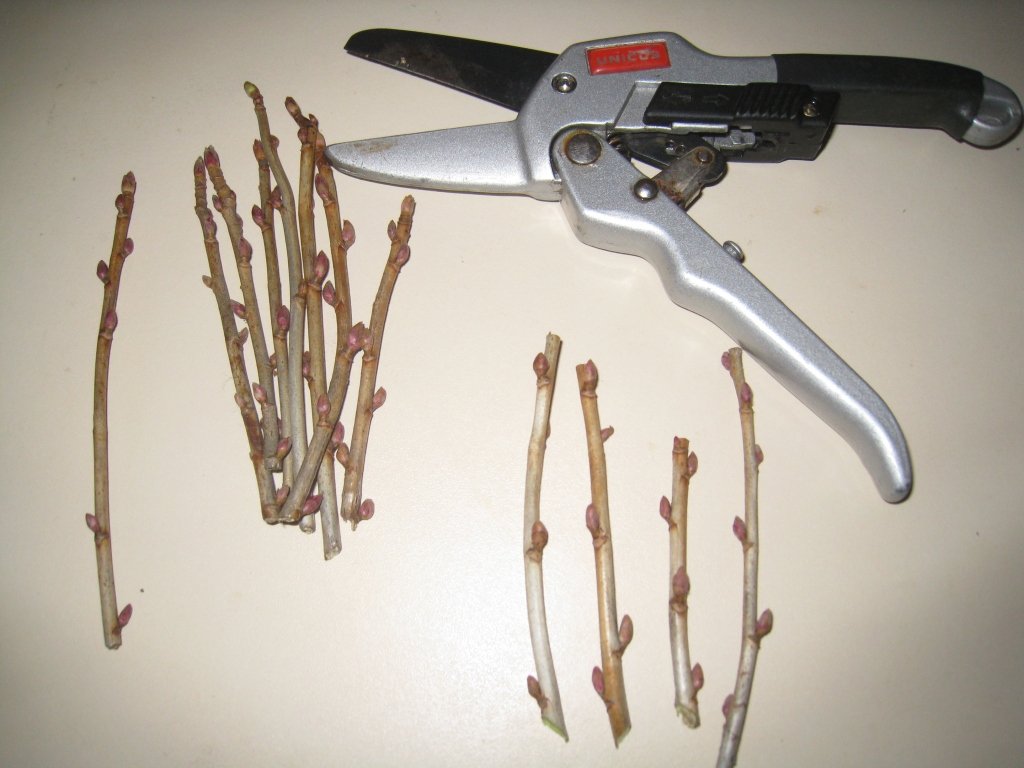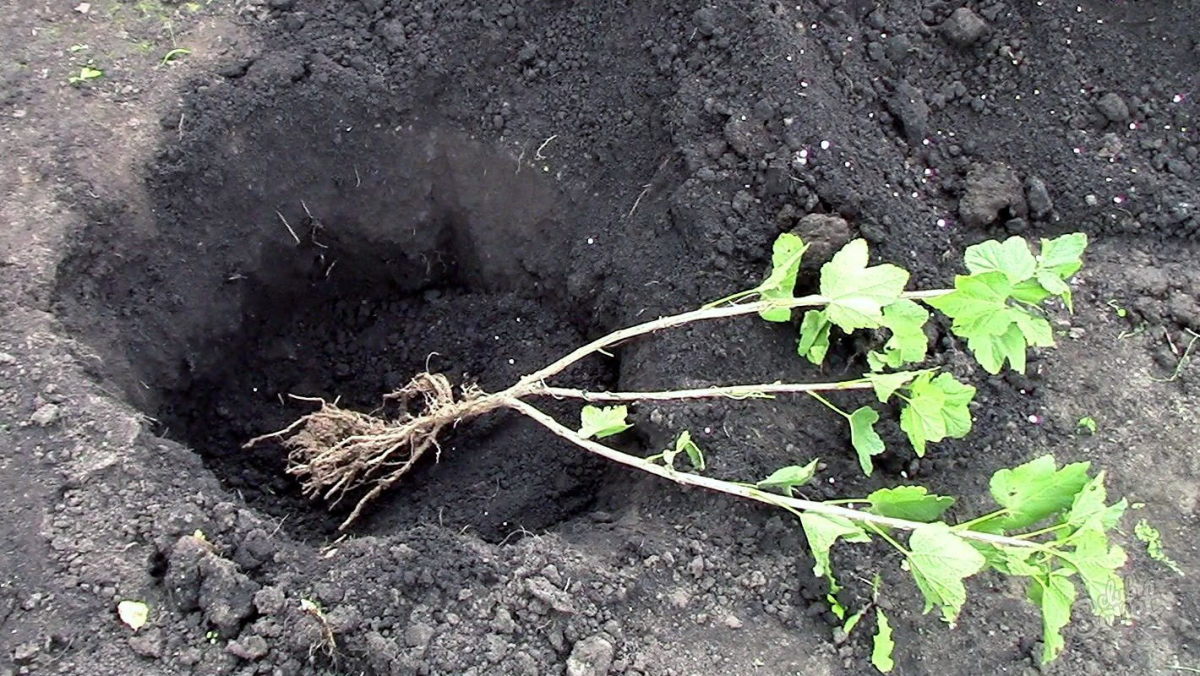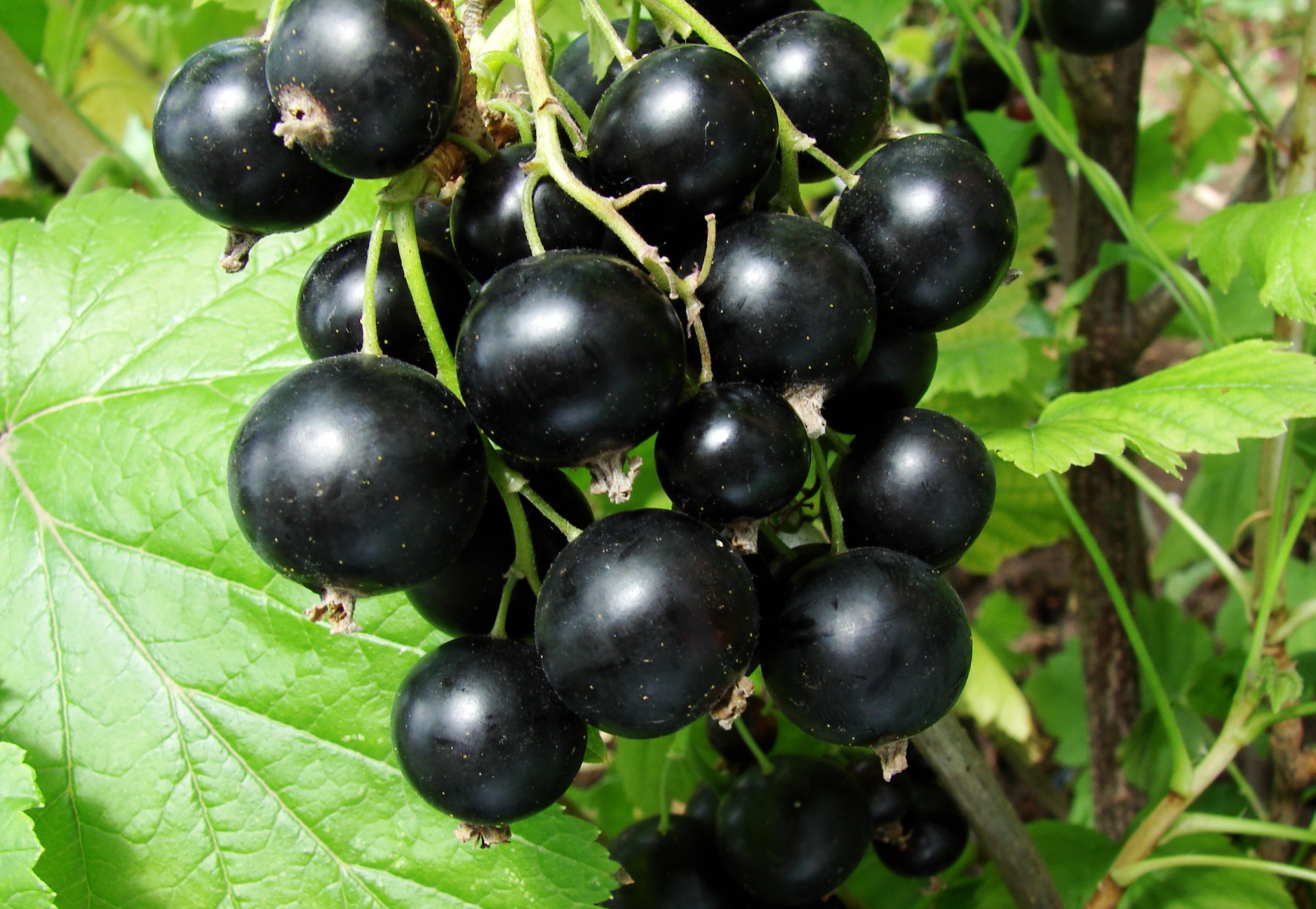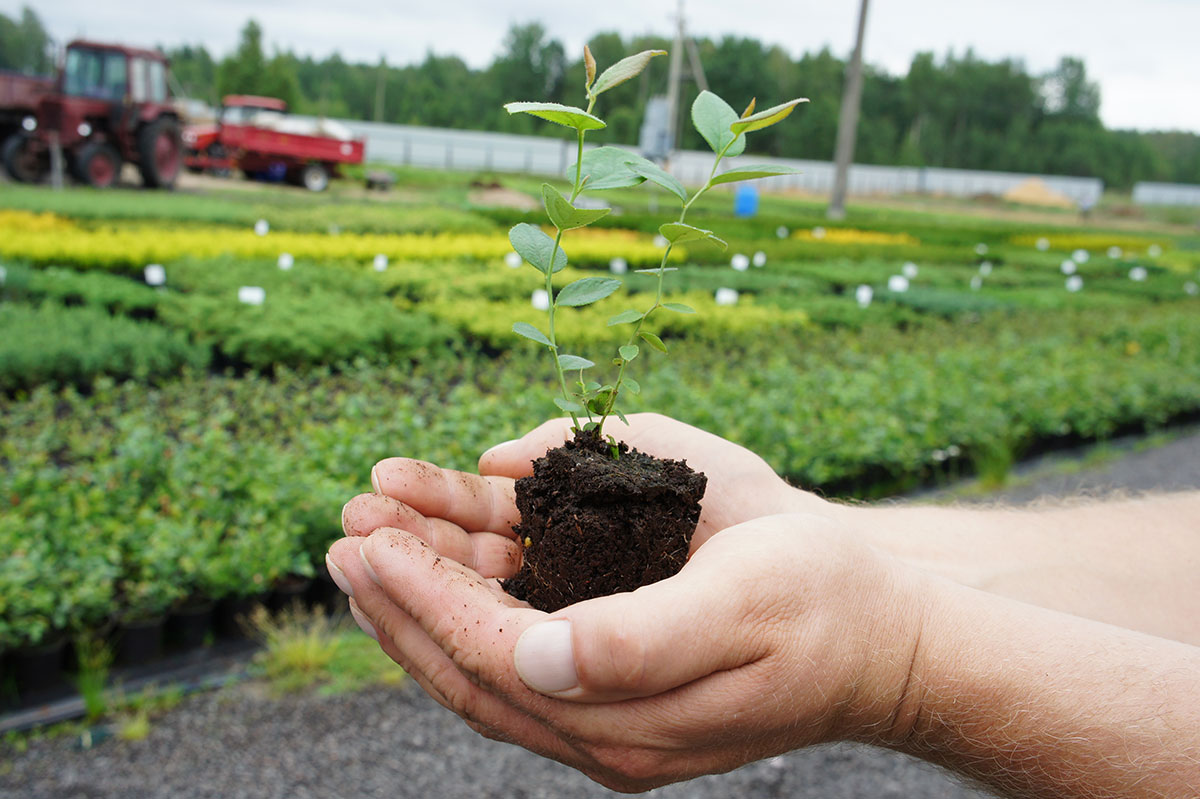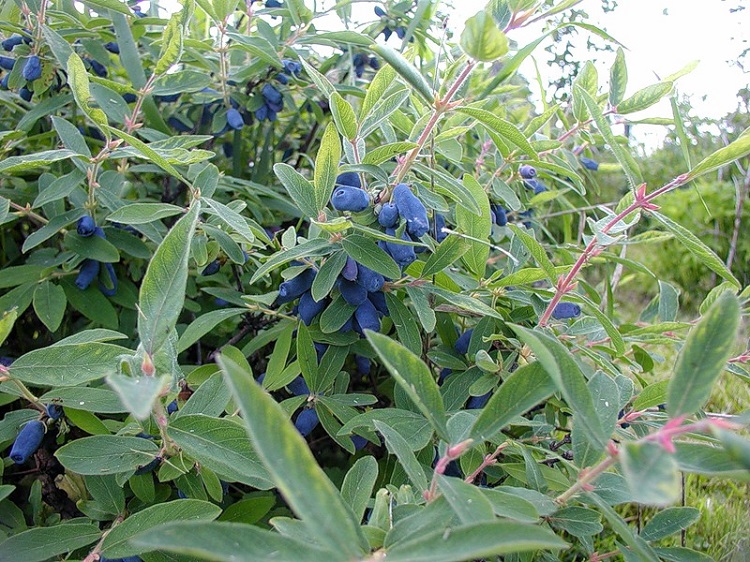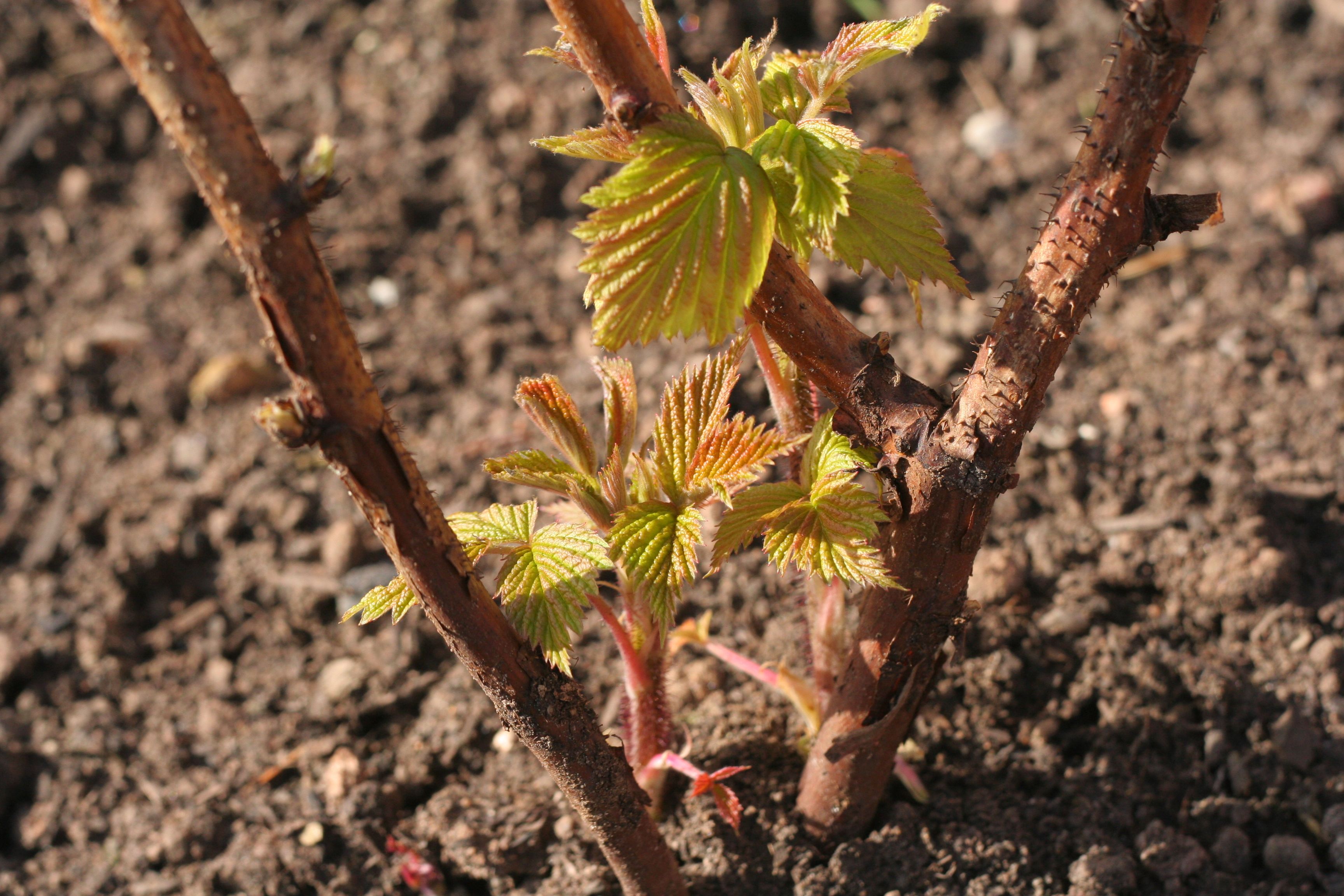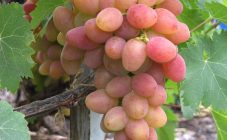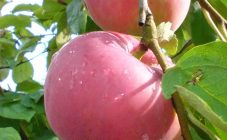Content:
Black currant berries are a real storehouse of vitamins and nutrients that are so necessary for the human body.
They are used in traditional medicine as a remedy against diseases such as:
- hypertension;
- atherosclerosis;
- anemia;
- renal and hepatic colic;
- bronchitis;
- colitis.
In addition to berries, currant leaves are also used. They have healing properties to strengthen the body, relieve inflammation, as a diuretic and diaphoretic. The black currant contains such useful substances as iron, phosphorus, potassium and vitamin C. These berries are significantly superior in vitamins to the rose hips. But, since these berries also contain vitamin K, they should be consumed in moderation by those people who have thrombophlebitis. Thanks to these qualities, planting black currants in spring with seedlings will interest many gardeners.
Characteristics and features of culture
The black currant shrub belongs to the genus Kryzhovnikovs and grows to a height of one and a half, or even two meters. Currant branches have light brown bark and leaves, which are placed alternately. They are palmate-lobed in shape, with three to five lobes. The upper surface of the leaf is dark green, the lower one is lighter, while it has a slight pubescence along each vein. In addition, there are also small yellow glands that secrete essential oil.
During flowering, the inflorescences are collected in small clusters. In this case, the flower has the shape of a wide bell. Ripe fruits are in the shape of a ball, no more than one centimeter in diameter. The color of the berries is from dark purple to black. You can recognize a currant bush by its pleasant smell, which is emitted not only by berries, but also by leaves.
Flowering begins in late May and ends in early June. In this case, the last frost can significantly damage the flowers. This reduces the yield of the plant. You can harvest currants already in July and until August.
Black currant in most cases grows in the forests and forest-steppe zone of Russia, the middle zone of the Urals and Siberia. Likes to settle in places with sufficient moisture. These can be the banks of rivers or lakes. Prefers shady areas or the outskirts of swamps.
It reproduces in several ways:
- root shoots;
- using bent branches;
- dividing the bush.
Today, black currant is one of the most popular shrubs, both in an industrial garden and in an individual. Most of all it is grown in France, where excellent drinks are made from its fruits. In addition, currant berries are grown by the British and Germans.
Planting black currants in spring
So that a high yield can be harvested from one blackcurrant bush, planting must be carried out in accordance with all the rules. Before planting black currants in the spring, you need to learn and use step by step instructions that will help you cope with this task.
The most basic points are:
- Choosing a place for planting seedlings;
- Soil preparation;
- Planting seedlings in the ground.
Seat selection
The choice of a place for planting black currants is a very important point, since this shrub prefers an area that combines a lot of sun and at the same time must be constantly humid. Therefore, the area should be completely open, covered with shade for only a few hours. In this case, the bush must be protected from the winds from the north side. It is best if the soil is loamy. In this case, it is rich in useful components. With increased acidity, sprinkle it with chalk or dolomite flour. The groundwater level should be at least half a meter from the root system. The area for planting seedlings must be cleaned of weeds.
When planting white and red currants, you need to choose an area where the soil is warmed up by the sun's rays, since it is these types of shrubs that prefer more heat. Most often the south or southwest side is chosen. At this time, black and green currants are planted in the north and north-east side.
Soil preparation
Immediately before planting currants, fertilizers must be applied to the soil. Compost or humus is great for this. In addition, superphosphate and calcium chloride are also added. Fertilizer is applied to each hole dug for planting.
Holes are dug out in advance of planting seedlings in the ground, since it takes time for it to settle. It will take at least two or even three weeks. The diameter of the hole must be at least forty centimeters. If several bushes are planted, then the distance between the bushes of one and a half meters must be observed.
Planting seedlings in the ground
Planting a plant in the ground in spring often puts the crop under stress. Therefore, this process must be carried out long before the movement of the juice begins and the buds open. A well-mixed fertilizer is placed in each hole and sprinkled with a layer of earth. All this is compacted and compacted, after which the seedlings are planted. During planting, you need to ensure that they have a slight slope towards the south.
When you start planting, the seedlings, first of all, need to be placed in water for a while. After that, they are dipped in a clay solution. Landing is done in such a way that the root collar deepens by at least five to six centimeters. If everything is done correctly, then the bush will put down additional roots and a beautiful crown.
After planting the seedling, the hole is filled up and carefully but carefully tamped. After that, moisten and mulch a little. This will protect the roots from frost, as well as form a powerful root system.
Planting scheme for seedlings
The scheme of planting currant seedlings depends on the growth strength of the shrub. The distance between strong bushes should be at least two and a half meters. The least that can be allowed is two meters from bush to bush. In this way, it will be convenient for the gardener to work the soil around the bush. If the shrubs are weak, then it is best to compact them and thus not occupy the territory in vain. There will be enough space for them if the distance between the bushes is from one meter to one and a half.
After the black currant bush is planted, it is imperative to do pruning. In this case, no more than three or four buds should be left above the soil surface. This will form a lush compact bush. But also cut off shoots should not be thrown away. Cuttings are cut from them, fifteen or seventeen centimeters long. They are stuck in loose soil, in the fall they will grow into independent plants.
Sapling selection
Before planting currants, you need to buy it.Saplings of this shrub are not uncommon, while the prices are reasonable and low. Before you buy it, you need to carefully examine the root system. When inspecting the shoots, it is recommended to ask the seller to make a cut on the branch. Diseased shoots will be black in the cut. In this case, you should refuse to purchase.
It consists of several main ones, the length of which reaches at least half a meter, and subordinate clauses. The roots of purchased seedlings should be moist and closed from exposure to air or be in a chatterbox. A dry root system must be soaked.
After the seedlings are purchased, they must be planted immediately in a permanent place or dug into the ground. In this case, the place should be in the shade and be well moisturized. Thus, they can be stored for no more than a week. In this case, you need to have time to plant them in a permanent place before the first leaves appear.
Planting methods, further care
You can plant black currants in spring using two methods:
- By dividing the bush;
- By cuttings.
The first method for planting black currants is the quickest and easiest. In this case, you need to separate the young shoots on which the roots have formed from the main bush. But before that, the soil must be prepared carefully, that is, dig up the surface, remove weeds and apply fertilizer.
The best feeding option is to apply organic fertilizers, but if these are not at hand, you can replace them with nitrate. The plant bush must be planted in the ground to a depth of at least ten centimeters. Leave a meter distance between the bushes. After planting the shrub, the soil around it must be thoroughly watered.
In order for the currant bushes to be strong and healthy, they need to be cut. In this case, all weak shoots are removed. This is especially necessary when the bushes are very dense.
Autumn planting takes place before the first frost occurs, but it is more effective than spring planting. The most optimal time for this process is the last decade of October and the first decade of November. You need to plant in places where there is a lot of moisture, but at the same time, the nursery must be completely protected from winds and drafts. At the same time, it must be remembered that excessive soil moisture adversely affects the root system and can cause the development of diseases.
Currant care
The currant bush requires individual care, depending on the season. Care can be divided into spring and autumn.
Spring care
In the spring, you need to follow the recommendations for planting black currants:
- It is necessary to examine the bush and remove any buds that are damaged. If there is a lot of damage on the shoot, then it is completely removed;
- The root zone of the bush needs to be dug up and mulching done. For this, humus or manure is used;
- The shrub must be watered throughout the entire time when it grows and develops, as well as during flowering;
- The area between the bushes is weeded and loosened. But you need to remember that the loosening should not be deep. The boot is deepened only to a depth of no more than ten centimeters. This is important in order not to damage the roots of the plant. The procedure is carried out two or three times a week. If mulching is used, then in this case it is not necessary to loosen the soil;
- When inspecting overwintered shrubs, sanitary pruning must be done, during which damaged shoots are removed;
- Immediately after the snow melts, it is necessary to do preventive procedures aimed at preventing the invasion of pests or diseases of the bush;
- In the process of flowering currants, you need to ensure that terry does not appear on the flowers. If such inflorescences are found, then they must be removed. If most of the bush is affected, then the bush is removed completely, otherwise it will infect the neighboring ones;
- Be sure to feed the currants with the use of mineral fertilizers.
Autumn shrub care is the preparation of currants for wintering.
This includes the following processes:
- After the crop is fully harvested, the soil around the bush needs watering and loosening;
- In the last weeks of autumn, mineral and organic fertilizers need to be applied again;
- At the end, just like in spring, they carry out sanitary pruning in order to get rid of damaged shoots, as well as to give the bush a beautiful and compact shape.
In addition, many gardeners are beginning to multiply and plant new currant bushes. In dry autumn weather, you need to water the currants in the same way as in summer, and treat them against diseases and pests.
Black currants are very often attacked by pests and diseases. Therefore, it is extremely important to timely protect them from this. For this, the bushes are sprayed with various chemicals that do not allow them to get sick.
In this case, the most optimal substances for processing will be:
- one percent solution of carboros;
- copper sulfate;
- bordeaux liquid.
In conclusion of the above, it should be said that you can plant currants in spring in the same way as in autumn, but planting should be carried out quickly. It must be done before bud break. Only then will the plant grow and develop.
